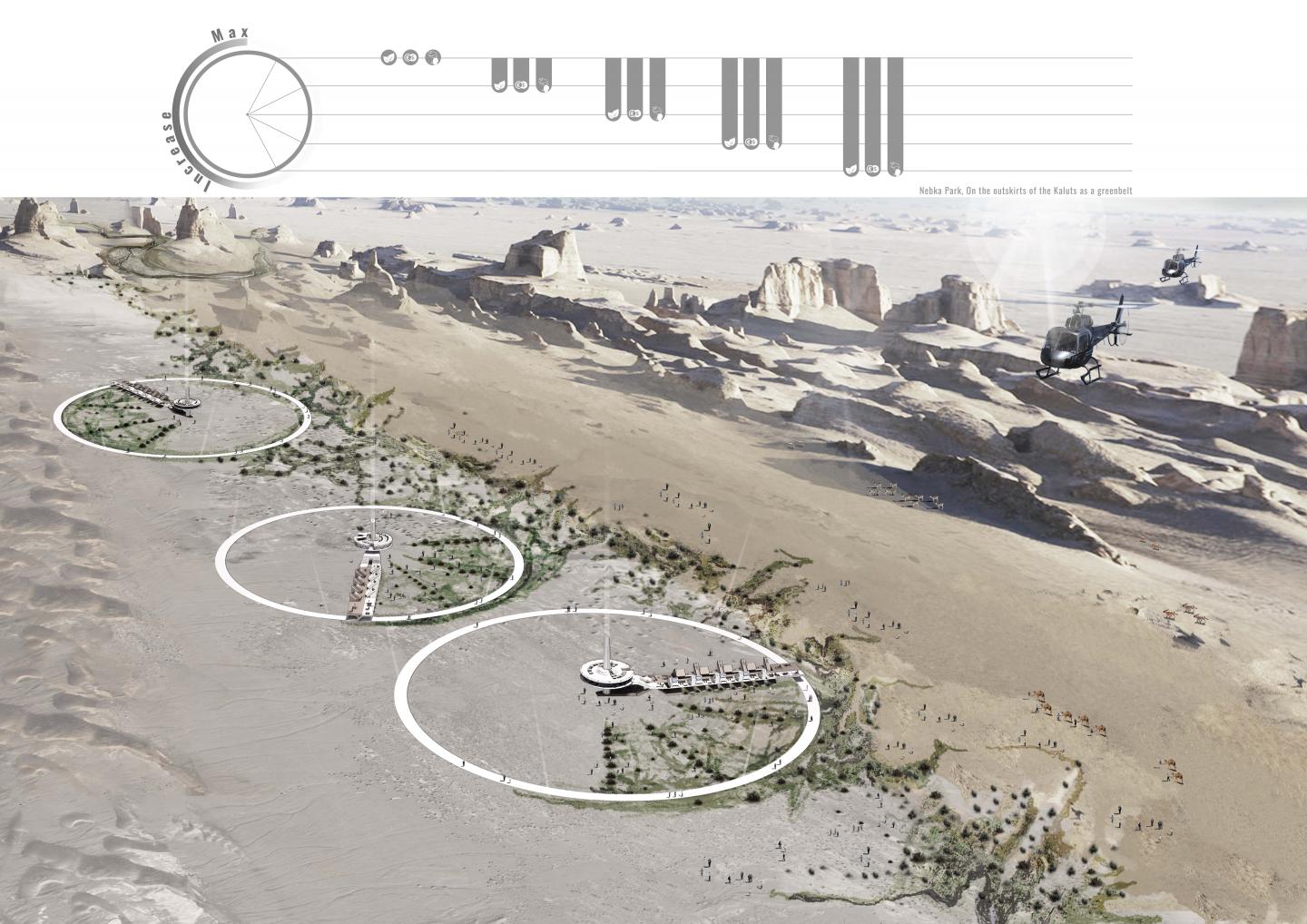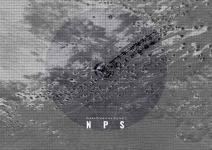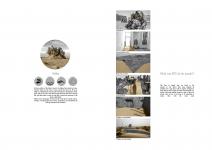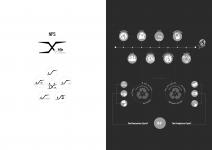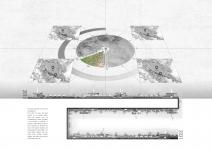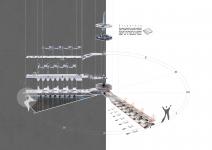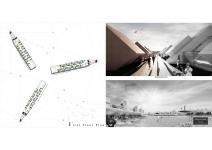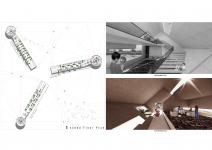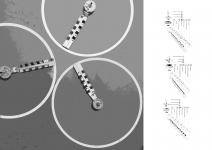_Most of the time we put our dishes upside down ...
_Sometimes we put a little bedding of Sheets on our mouths and then we went to sleep...
_We had dust more than anything...
The lives of people who are living in the suburbs of the desert have long been plagued by problems with the influx of sand, what is the most needed to give their quality life back?
There are problems in Iran's Lut desert that have disrupted people's quality of life ...
Nebka Park of the great desert of Lut is in danger ...
Nebkas are caused by the interaction of wind, soil, groundwater, and plants. One of the factors that endanger them is the severe erosion of the soil by the wind, which does not allow the seeds to grow and sometimes It removes the young Nebkas root from the soil. We realize that we have fallen into a dangerous cycle, the wind speed reaches high, the young Nebkas and seeds do not find a chance to survive, the Nebkas Park of the Great Lut Desert is getting more and more destroyed every day, and as a result, fewer Nebkas cause more wind speed, more sand, and more destruction ...
How can we stop this cycle?
history proves us that the human being is a loser in facing and confrontation with nature, we should not stand against this occurrence, We have to let what should happen, But I want to suggest a solution that feeds exactly the same destructive force and turns it into a productive cycle. What can neutralize the destructive process caused by the moving volume of sand with the wind?
The project proposes to design a support system, something that can stop this destructive cycle is temporary seed protection. just like supporting a fetus until raise and can protect himself. The NPS is a concept that, with its creative organization, produces a spatial diagram that rescues cities adjacent to desert areas from the onslaught of sand.
(How does a Nebka birth shaped? the plant creates a barrier on the way of wind so when the wind is carrying sand, the plant causes a pile of sand with a crown of the plant. As the wind blows more sand towards the plant, it tries to raise itself so that it is not buried, and we will see the growth of Nebka.)
So we don't confront the assault of sands, we welcome it instead because it is one of the factors in the formation of Nebkas. As long as the host plant of Nebkas (mainly tamarisk) grows from a seed height of 70 cm to 1 m, they will be protected against wind by this system. After that, Nebka has a much better chance of survival. In fact, by reviving Nebkas Park faster, the architecture here acts as a catalyst to respond to this environmental crisis. The system must be relocated after the breeding of a series of young Nebkas, so the organization it can have will be radial to maximize the coverage of the land.
NPS resides in the Nebkas Park Ecotourism Area. So, the user who helps the NPS to this end is a tourist visiting the area and the presence and residence of travelers will play a valuable role in advancing the Nebka productive cycle, which will have a positive impact on the ecosystem till witness the true meaning of ecotourism word.
NPS with its creative organization and mobile architecture, circular pieces which are now empty of vegetation puts under its temporary protection, It stays on each of the 12 radii of the circle for 1 year until the Nebkas roots reached safe and it protects young seeds and buds by giving them a chance to become effective Nebka against wind erosion. As a result, it becomes a wall against the desert winds that exist around the Lut Desert due to the mountain. The project's arched cavities at lower altitudes than residential suites are exactly where the wind accumulates sands. The tourist who lives in the residential units plant the seeds in the support system, and despite the groundwater, a year later we have young Nebkas which can stabilize the sands. This hand moves in the opposite direction of the first year's Nebka and goes on the second radius, enters into the second year of its age, and the previous Nebka becomes bigger and more influential day by day, and this cycle continues ...
The project will also be powered by wind and solar energy. The body of the project consists of hands that are residential suites, and nuclei in the center of each circle that are collective, recreational, and cultural spaces such as the Museum of Desertology as well as research space for Nebkaology Research.
By changing our attitude towards the forces of nature, NPS proposes to turn a threat into an opportunity. As well as wind power and flow sands that operate in a destructive cycle, this time used in generating cycle by architectural aid to growing Nebkas faster for reducing the regional flow sands.
Finally, NPS revitalize the Nebkas,
It is reviving the cities adjacent to the desert,
It is reviving the tourism industry.
2019
0000
-Project Location: Lut Desert, Kerman, Iran
-Residential Area:
Family Residential Units 680 sq.m + Public Open Space 280 sq.m
Youth Residential Units 640 sq.m + Public Open Space 480 sq.m
Researchers' Residential Units 480 sq.m + Public Open Space 240 sq.m
-Research Area 646 sq.m + Public Open Space 200 sq.m
-Desert Museum 700 sq.m + Public Open Space 100 sq.m
-Restaurant & Coffee shop 764 sq.m + Public Open Space 400 sq.m
Sharareh Faryadi
Favorited 3 times
